Cities: Skylines: A Guide to Basic Information and Gameplay Tips

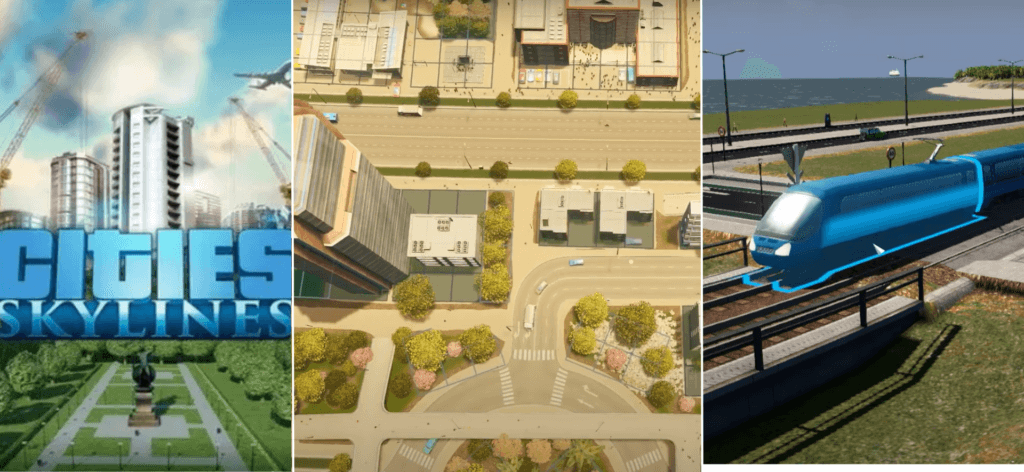
| Release Date | March 11, 2015 |
| Developer | Colossal Order Ltd. |
| Platform | PlayStation 5, PlayStation 4, Nintendo Switch, macOS, MORE |
| IGN Rating | 8.5/10 |
| Steam Rating | 9/10 |
Fans of management and design will find Cities: Skylines to be one of the most well-liked city builders, and for good reason. It is hardly surprising that Cities: Skylines has attracted the player base it has given that it offers features as diverse as road building and zoning to mechanisms as specific as walkways, bespoke parks, and even the ability to select the architecture theme of the cities.
With Cities: Skylines, there are 29 distinct DLC packs available, and each one adds additional maps, assets, and levels of complexity for you to use in your creations. Nevertheless, if you purchase the Cities Skylines Complete Edition, you will also receive the After Dark DLC, Snowfall DLC, and a box of bonus things (dog park, bouncy castle, basketball court, carousel, botanical garden). Moreover, you may obtain the whole experience by purchasing Cities: Skylines Collection Key, which provides the ultimate game-playing experience. It contains the complete game as well as all of the DLC and expansion packs that have been made available thus far, providing new gameplay elements, structures, and more.
Also, Cities: Skylines is accessible on a variety of platforms, including PS5, Xbox One, Nintendo Switch, and Cities skylines steam cd key.
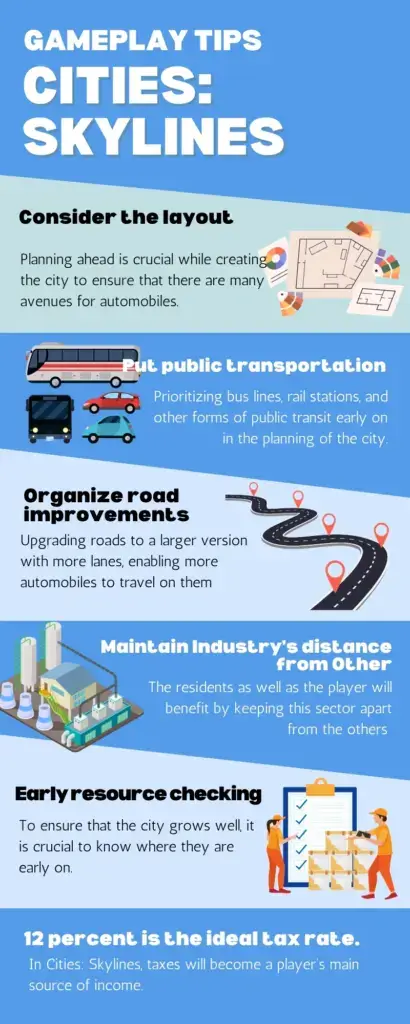
The amount of control and power new players have over their city might be a bit intimidating. This is especially true if they want to construct a city outside of Sandbox mode, since expenditures may mount up rapidly and prevent advancement if they don’t generate a profit right away. Because of this, having a few tips and tactics to make their city effective as soon as possible may go a long way to ensuring that new players can get up to speed.
For anybody searching for a means to create stunning cities and landscapes or take on the issues of industrial planning, budgeting, and satisfying the needs of their citizens, Cities: Skylines continues to be one of the finest city-building games. There are several reasons for gamers to keep returning, including the ongoing release of new packs focused on gameplay, ambiance, and stylization. Cities: Skylines has expanded in both its features and the amount of things that new players must be aware of in order to get started. Before getting back into Cities: Skylines, these gameplay tips are a big help for returning players.
Don’t Be Scared To Use Mods While Playing
Cities: Skylines has a lot of advantages, one of which is how comprehensive and active its modding community is. The modding community can supply players with additional maps beyond what the game comes with by default, new community structures, various vehicle and building designs, or even more innovative tools for managing their routes.
The steam workshop makes discovering, installing and utilizing new modifications exceedingly simple and intuitive to use, even for individuals who have never modded before, thus those who are new to or unfamiliar with the process need not to worry. The experience may be entirely changed via mods, which is a terrific way to keep Cities: Skylines feeling new.
Maintain Industry’s Distance From Other Zones
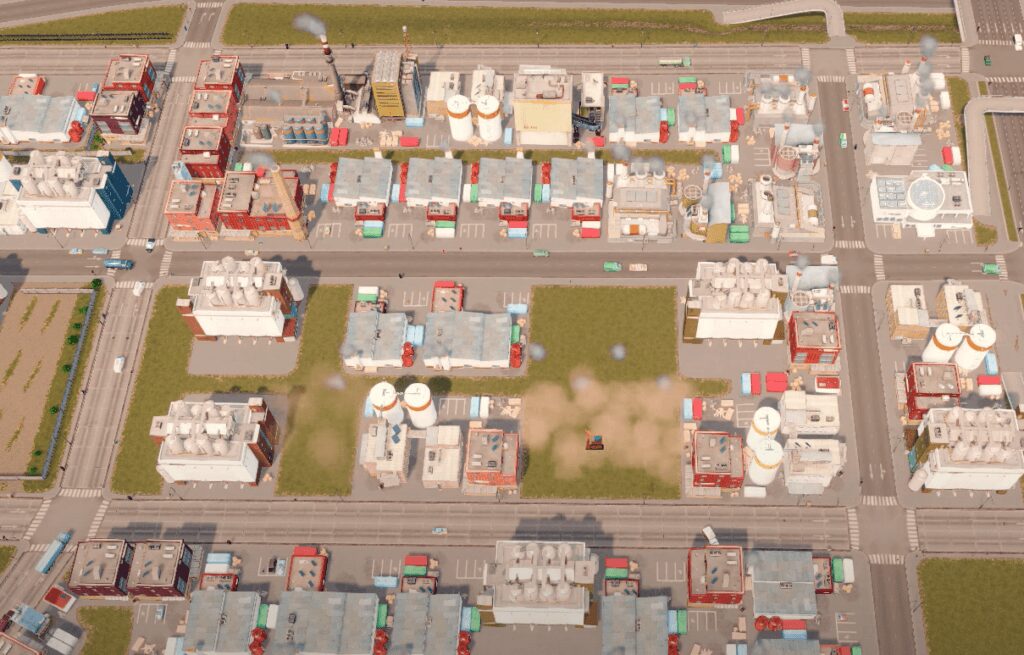
Industrial zones naturally create pollution that lowers the quality of life for anybody who lives nearby, especially during the beginning of a new city. The residents as well as the player will benefit by keeping this sector apart from the others when growing later, despite the temptation to put everything close together where you can see them all at once.
In addition to making locals happy, this will also lessen traffic issues in the future since fewer trucks will go through densely inhabited neighborhoods on their route to send exports out of the city.
Early resource checking
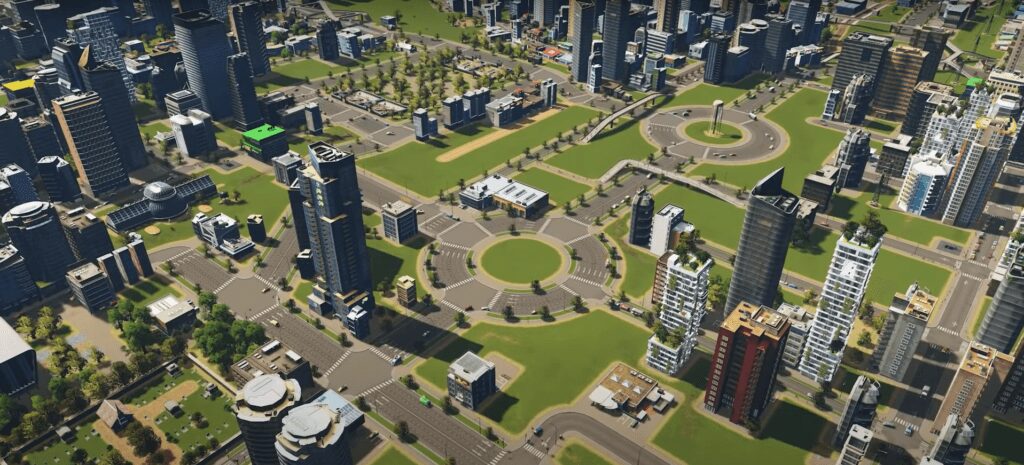
The various resources that are dispersed over the map but aren’t all accessible without expressly inspecting are a lesser-known aspect for newcomers to Cities: Skylines.
To ensure that the city grows well, it is crucial to know where they are early on. This will allow the player to place various sectors where they would be most effective after they have unlocked specialized industry districts. By checking ahead of time, players may be sure to reserve a precious space to grow into a prosperous enterprise when the time is ripe.
Carefully consider the layout
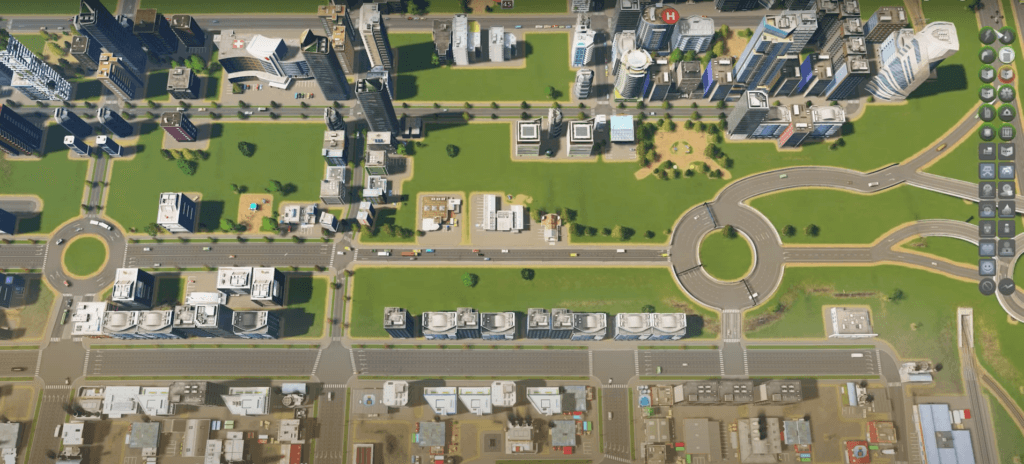
If the initial road system proves to be unworkable on a bigger scale as a city develops, moving items around will become exponentially more difficult. Planning ahead is crucial while creating the city to ensure that there are many avenues for automobiles to use in order to reach the same areas, including roads, blocks, and routes. As the town’s population grows, their significance will only increase.
Preventive measures can include designing major roadways in advance, giving space for other industries to expand, and ensuring that structures that cause many cars to halt are not located on any important thoroughfares.
Put public transportation first
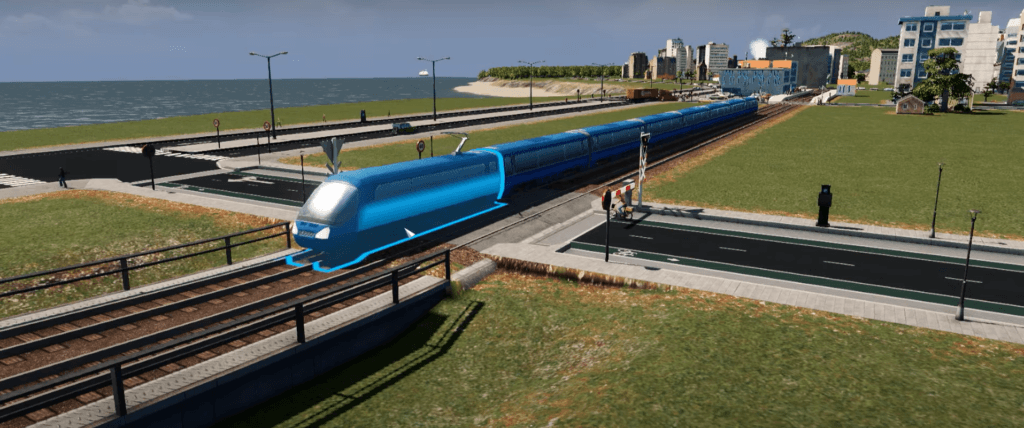
Every gamer who has played Cities: Skylines will almost certainly mention traffic as one of their city’ main problems. Even in the most meticulously designed layouts, main roadways in Cities: Skylines nearly always become congested and backed up with vehicles at some point, much as in real cities.
The longer it goes unnoticed, the more challenging it is to redirect the traffic. Prioritizing bus lines, rail stations, and other forms of public transit early on in the planning of the city is one strategy to alleviate this as doing so may significantly lower the amount of automobiles on the road.
Organize road improvements
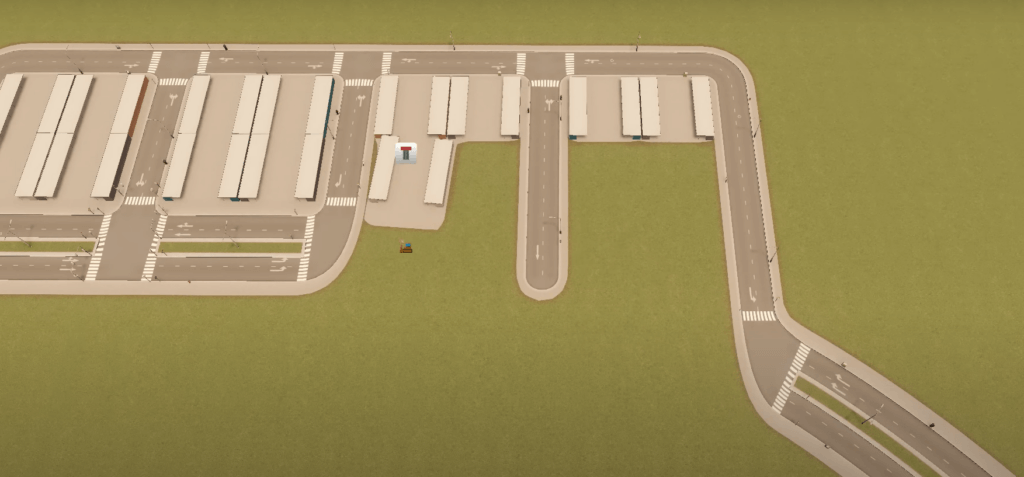
Every city will ultimately run out of beginning roadways that can accommodate the volume of traffic it currently receives. Upgrading roads to a larger version with more lanes, enabling more automobiles to travel on them at once, is typically one of the first remedies to this problem.
Exception: zoned structures along the road will often be razed when it is improved, which is an excellent solution nonetheless. To avoid disturbance during future upgrades, it typically pays to consider which roads you’ll probably update in the future and keep such areas un-zoned.
Reduced Service Budgets at First
There’s a good probability that the utilities (water, electricity, etc.) are considerably over powerful for the town’s size in the beginning of every city. As a result, more money is ultimately paid up front for a level of service that the city cannot truly feel or appreciate at this time.
It pays early to cut the budget down to 50% to save costs and gradually boost it as needed because players won’t have much money to spare when starting their metropolis.
12 percent is the ideal tax rate.
In Cities: Skylines, taxes will become a player’s main source of income. Finding the sweet spot, where the player will profit most without scaring off potential employees and residents, may be challenging since city administration is a delicate balance.
Establish Pathways Between Things
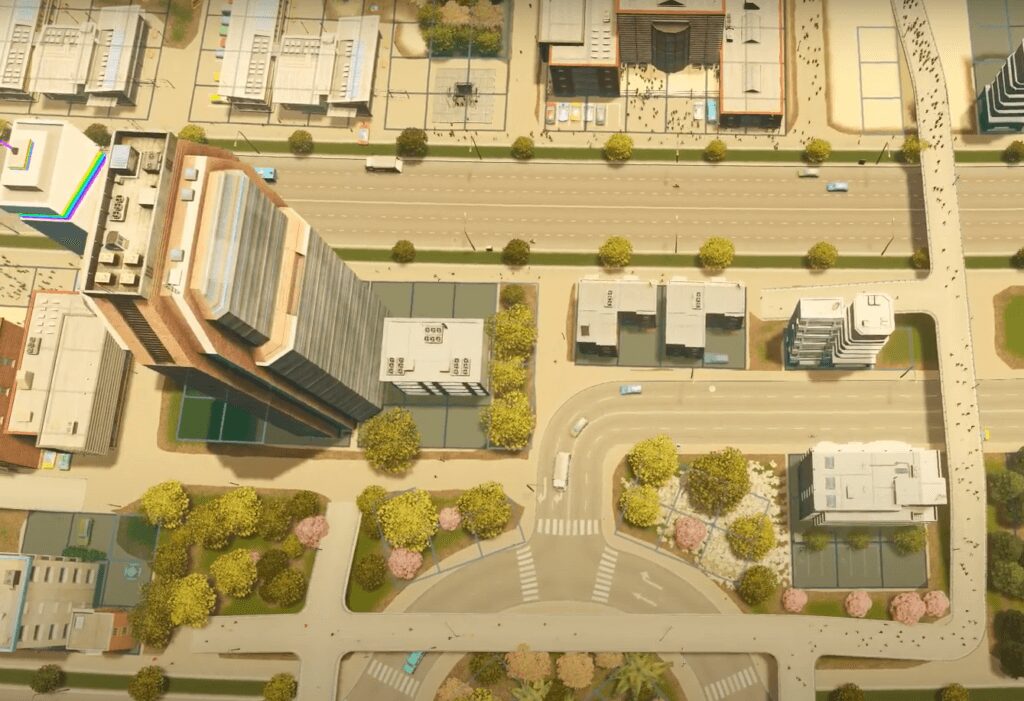
Players may now use pathways, which are corridors in the city that are only intended for foot traffic, once parks have been opened. People will prefer walking along a walkway over using sidewalks, driving, or even taking public transportation, therefore if the player makes sure there are paths linking people’s houses to their places of employment, it may significantly reduce road traffic.
As a result, locals will have a simple and cost-free way of transportation. Using trails instead of highways is a terrific method to develop a city’s environment and give it a distinct, alive feel. It will also provide citizens with more options for transportation inside the city.
The Value of Traffic Circles
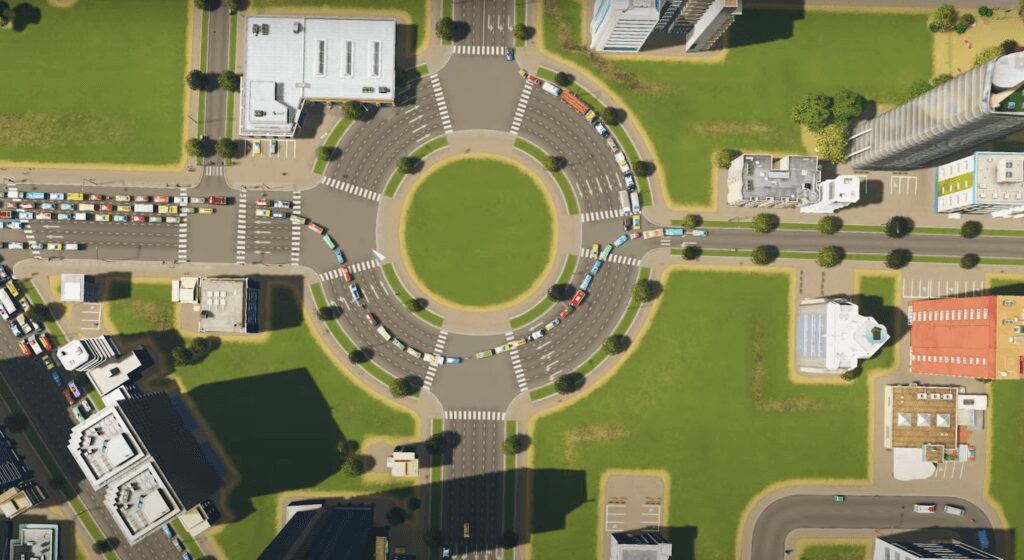
There aren’t many better solutions to solve a traffic-causing intersection, despite how annoying it can be to dig up existing roads to install a new traffic circle.
Many players find the game’s pre-built traffic circles to be a little too big and awkward to fit in the city, but they may be certain that their own custom traffic circles will function just as well while taking up less room. Once understood, this will offer the player far greater control over their roadways.
Offer many access points to the highway
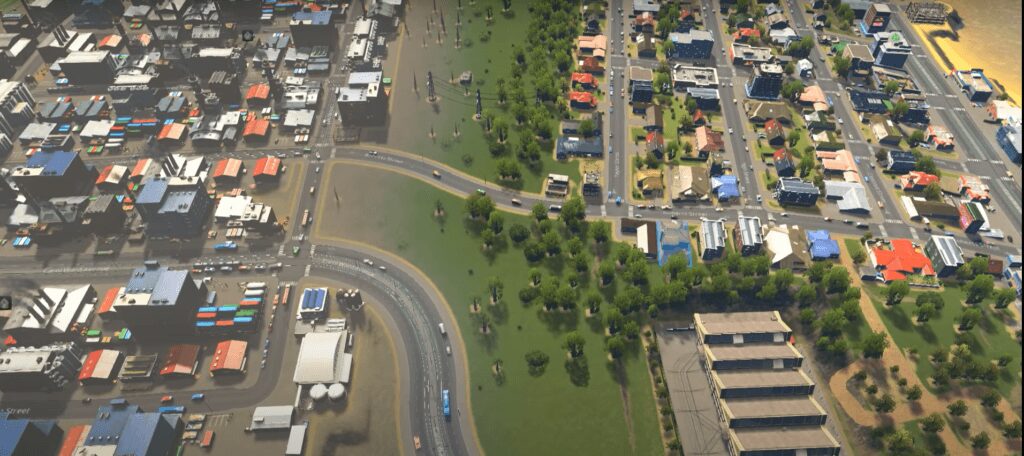
Each industry area that has to export resources or goods out of the city must build a convenient alternate route to the highways in and out of the city, even if it merely entails establishing a new branch off of what was formerly your single Highway exit.
In Cities: Skylines, trucks are frequently one of, if not the main cause of traffic issues, hence it is imperative to give industry vehicles a route out that doesn’t include passing through areas with a higher concentration of people or roads with a smaller width.
Take Use of Districts
Possessing the power to divide a town into districts, each with its own set of laws and regulations that must be adhered to, is one of the most important weapons for maintaining control over the area. District Ordinances will be a player’s ally if a certain location is more prone to fire, requires an excessive number of poorly educated employees, or was just not intended to have skyscrapers there.
Navigating the advantages and disadvantages of each regulation they can enact helps the player develop a smoother city, regardless of whether their requirements are solely aesthetic, managerial, or damage control.
Spend a lot of money on education
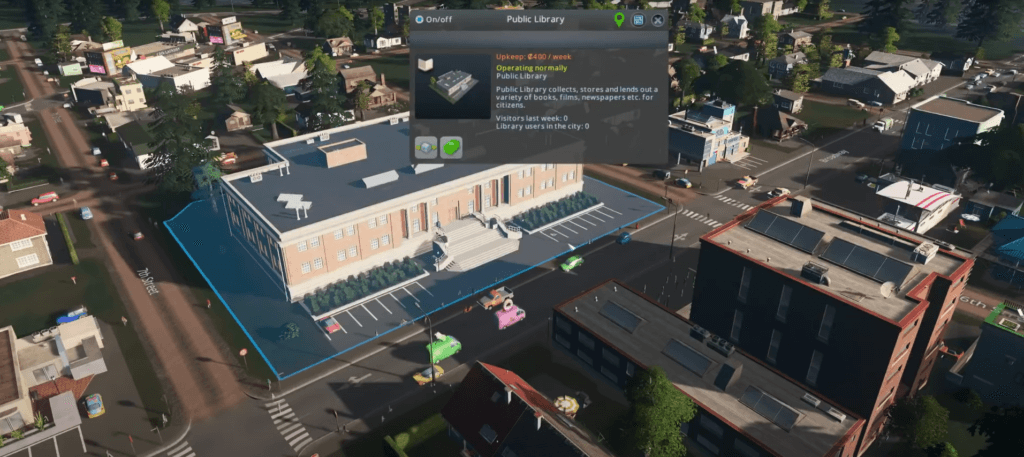
You need to make significant educational investments if you want your community to grow. The economy and industries of your community will be significantly impacted by poor educational attainment. Insufficiently educated workers might lead commercial and industrial establishments to shut.
Many schools should be constructed for the benefit of land value. A higher degree of home construction heavily depends on education. Because education in your city is subpar, few of your residential structures will function at their optimum capacity.
Hence, to enhance education, construct a lot of schools and libraries across your city. You shouldn’t only focus on constructing schools, though. Be prepared to increase your educational spending in order to further improve schooling.
Sewage outlets should always be put downstream
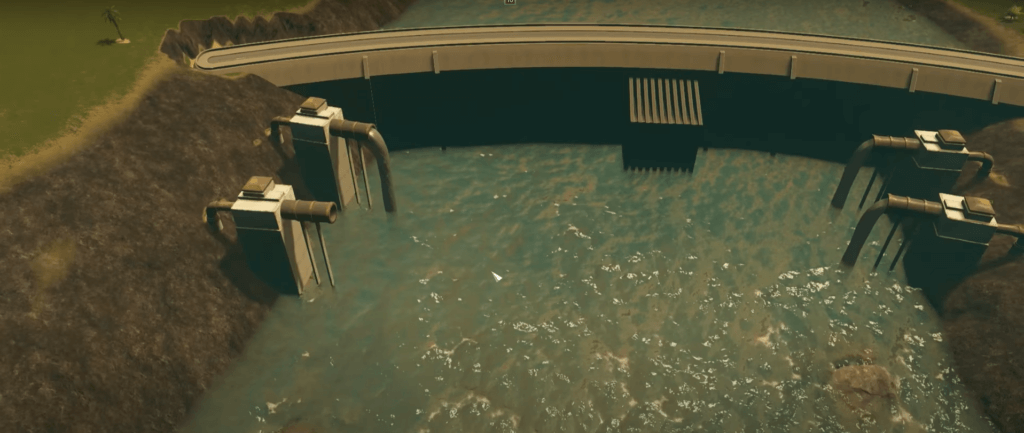
Water contamination will unavoidably result from sewage being dumped into a river in your city. By locating your sewage outputs further downstream, you may significantly lessen water contamination. Your sewage pipelines will contaminate less water the further downstream they are.
Moreover, you should ALWAYS situate your city’s sewage outflow upstream from its water intake pipelines. If you do, your population will be bathing in contaminated water. Always make sure the sewage lines are upstream from the water intake pipes in your city.
Give your city a lot of parks and plazas
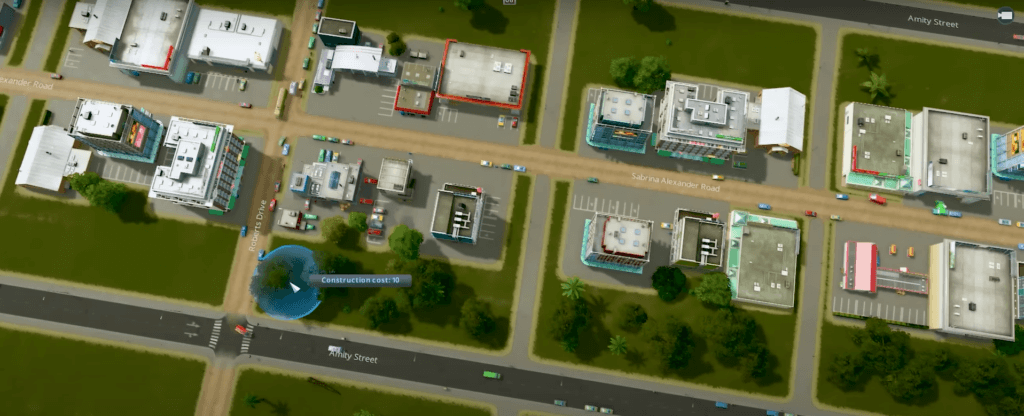
The economic health of your city depends on land value. In locations with low land values, buildings won’t rise to their maximum heights. Raising land value results in a more successful city since higher-level structures generate the highest tax income.
One of the best methods to increase the average land value in your city is to build plenty of parks and plazas. Put a lot of parks in close proximity to and beside residential areas. Substitutes are picnic areas and tree-lined plazas, although these offer less fun than parks and playgrounds do.
Don’t Overfill your City With Services
Your city needs services to function. The addition of amenities will increase land values and allow structures to be used to their full potential. So, it could be tempting to cram educational, medical, law enforcement, and fire station buildings into every available space in your community.
Remember, though, that every structure providing a service will result in higher expenses. Your budget will be severely strained if your city offers an excessive amount of services. Developing more services than your budget can support might result in debt and expenditures that are greater than the revenue of your community.
So, it’s crucial to achieve a good balance while developing services. Use cities effectively: Skylines’ map has a filter that shows you the regions of your city where they should be added. Don’t put services where they aren’t really required.
Okay, here are some City: Skylines gameplay tips that you can take advantage of. As we continue to bring you news, reviews, guides, and game information, keep checking Electronic First for updates. We also provide a wide selection of popular games at the most affordable pricing. Also accessible is our Discord server. We are a group of enthusiastic gamers that like talking about current and upcoming releases, including other Cities Skylines Games.
Also if you’re interested in earning with Electronic First as soon as today, check out our affiliate program. You can share your link with friends, family or anyone. Sign up today to reap the rewards!

